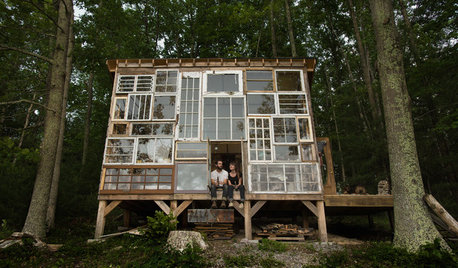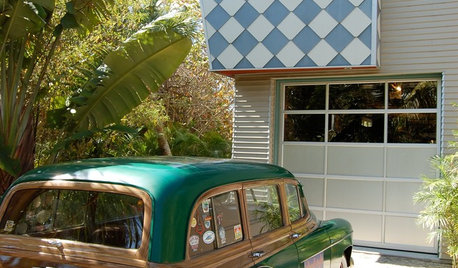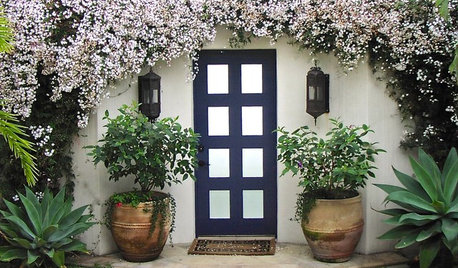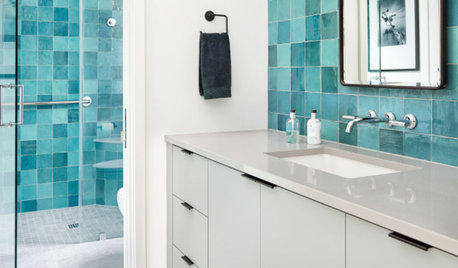Tapla - Is fully composted bark ok for the 5-1-1 mix?
organic_wonderful
13 years ago
Featured Answer
Comments (67)
greenman28 NorCal 7b/8a
13 years agolast modified: 9 years agomeyermike_1micha
13 years agolast modified: 9 years agoRelated Professionals
Saint Matthews Landscape Architects & Landscape Designers · Cicero Landscape Contractors · Setauket-East Setauket Landscape Contractors · South Lyon Landscape Contractors · Spring Landscape Contractors · Vashon Landscape Contractors · Wanaque Landscape Contractors · Chanhassen Solar Energy Systems · Compton Solar Energy Systems · Maplewood Solar Energy Systems · Mesquite Solar Energy Systems · Reedley Solar Energy Systems · Whitman Solar Energy Systems · Inver Grove Heights Solar Energy Systems · Mesa Fence Contractorsjodik_gw
13 years agolast modified: 9 years agogreenman28 NorCal 7b/8a
13 years agolast modified: 9 years agojodik_gw
13 years agolast modified: 9 years agomeyermike_1micha
13 years agolast modified: 9 years agoorganic_wonderful
13 years agolast modified: 9 years ago19juju54
13 years agolast modified: 9 years agoorganic_wonderful
13 years agolast modified: 9 years agogreenman28 NorCal 7b/8a
13 years agolast modified: 9 years agoorganic_wonderful
13 years agolast modified: 9 years agogreenman28 NorCal 7b/8a
13 years agolast modified: 9 years agojodik_gw
13 years agolast modified: 9 years agotapla (mid-Michigan, USDA z5b-6a)
13 years agolast modified: 9 years agoorganic_wonderful
13 years agolast modified: 9 years agotapla (mid-Michigan, USDA z5b-6a)
13 years agolast modified: 9 years agojodik_gw
13 years agolast modified: 9 years agojojosplants
13 years agolast modified: 9 years agoedweather USDA 9a, HZ 9, Sunset 28
13 years agolast modified: 9 years agotapla (mid-Michigan, USDA z5b-6a)
13 years agolast modified: 9 years agoorganic_wonderful
13 years agolast modified: 9 years agoorganic_wonderful
13 years agolast modified: 9 years agotapla (mid-Michigan, USDA z5b-6a)
13 years agolast modified: 9 years agoorganic_wonderful
13 years agolast modified: 9 years agoorganic_wonderful
13 years agolast modified: 9 years agojojosplants
13 years agolast modified: 9 years agoorganic_wonderful
13 years agolast modified: 9 years agoorganic_wonderful
13 years agolast modified: 9 years agogreenman28 NorCal 7b/8a
13 years agolast modified: 9 years agoykerzner
13 years agolast modified: 9 years agoorganic_wonderful
13 years agolast modified: 9 years agojojosplants
13 years agolast modified: 9 years agogreenman28 NorCal 7b/8a
13 years agolast modified: 9 years agoorganic_wonderful
13 years agolast modified: 9 years agoorganic_wonderful
13 years agolast modified: 9 years agotapla (mid-Michigan, USDA z5b-6a)
13 years agolast modified: 9 years agojojosplants
13 years agolast modified: 9 years agojodik_gw
13 years agolast modified: 9 years agoorganic_wonderful
13 years agolast modified: 9 years agojbackman
13 years agolast modified: 9 years agofilix
13 years agolast modified: 9 years agoorganic_wonderful
13 years agolast modified: 9 years agomeyermike_1micha
13 years agolast modified: 9 years agotapla (mid-Michigan, USDA z5b-6a)
13 years agolast modified: 9 years agoedweather USDA 9a, HZ 9, Sunset 28
13 years agolast modified: 9 years agojojosplants
13 years agolast modified: 9 years agojbackman
13 years agolast modified: 9 years agomeyermike_1micha
13 years agolast modified: 9 years agotapla (mid-Michigan, USDA z5b-6a)
13 years agolast modified: 9 years agokathycakes
11 years agolast modified: 9 years ago
Related Stories

GARDENING GUIDESGet on a Composting Kick (Hello, Free Fertilizer!)
Quit shelling out for pricey substitutes that aren’t even as good. Here’s how to give your soil the best while lightening your trash load
Full Story
OUTBUILDINGSThe Glass-Walled Cabin That Romance Built
Envisioning sunsets and starry skies, newlywed artists construct a 1-room retreat on a family farm
Full Story
EARTH DAY5 Ideas for a More Earth-Friendly Garden
Consider increasing the size of garden beds, filtering rainwater and using plants to reduce energy use
Full Story
MOVINGRelocating? Here’s How to Make the Big Move Better
Moving guide, Part 1: How to organize your stuff and your life for an easier household move
Full Story
HOUZZ TOURSMy Houzz: DIY Labor of Love in Austin
Eclectic, hands-on style defines this family’s home after they downsized to just over 1,000 square feet
Full Story
SMALL HOMES28 Great Homes Smaller Than 1,000 Square Feet
See how the right layout, furniture and mind-set can lead to comfortable living in any size of home
Full Story
FEEL-GOOD HOMETap Into Your 5 Senses to Find More Peace at Home
Counteract screen overload and stress by rediscovering basic ways to enjoy life
Full Story
FALL GARDENING5 Ways to Put Fall Leaves to Work in Your Garden
Improve your soil and yard the organic way with a valuable garden booster that grows on trees
Full Story
LIFEThe Top 5 Ways to Save Water at Home
Get on the fast track to preserving a valuable resource and saving money too with these smart, effective strategies
Full Story
TILEPorcelain vs. Ceramic Tile: A Five-Scenario Showdown
Explore where and why one of these popular tile choices makes more sense than the other
Full Story







organic_wonderfulOriginal Author